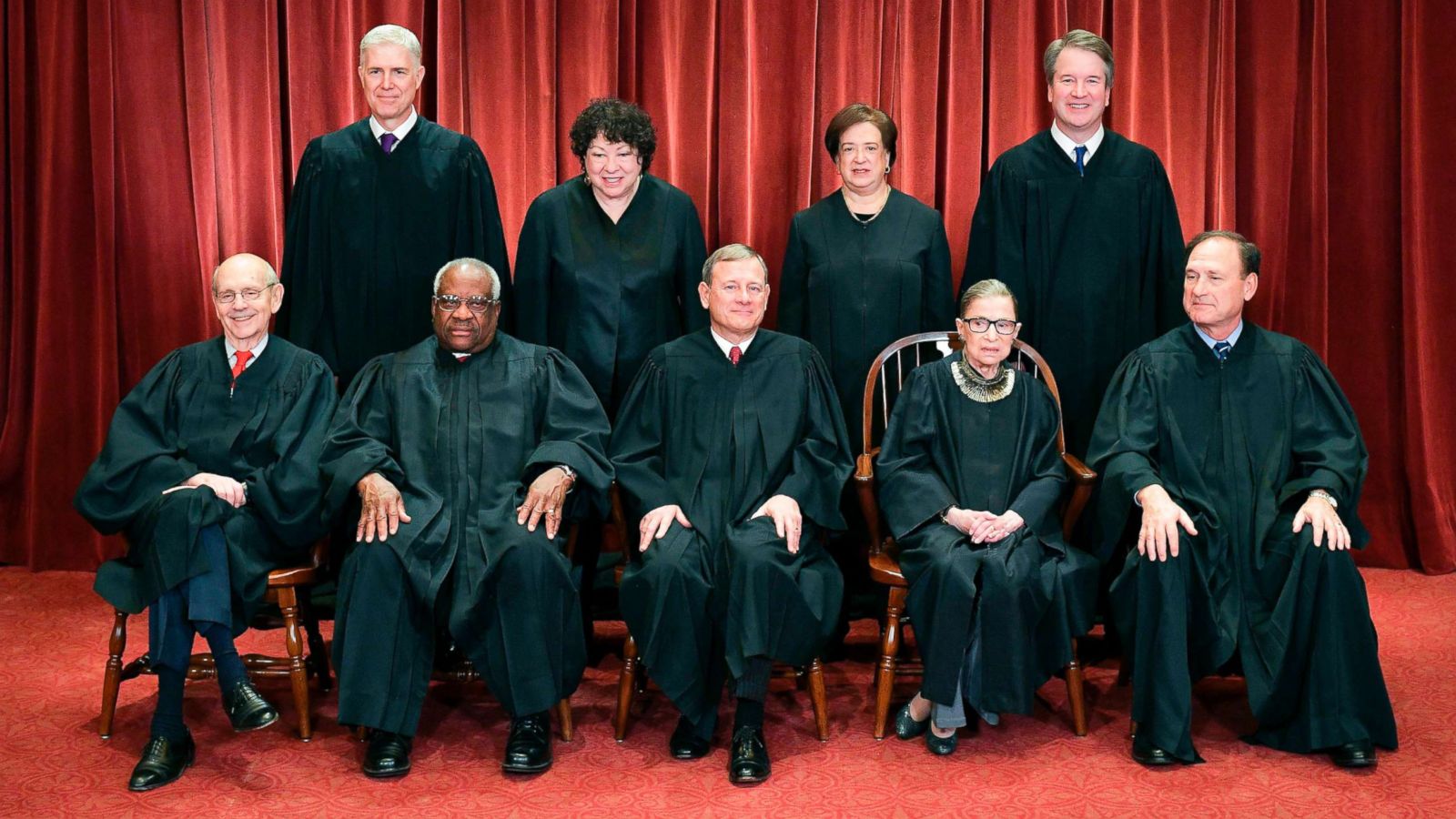The Supreme Court was established in 1789 when article 3 of the Constitution was created. This would make room for congress to have the ability to make decisions organizing the Supreme Court. This would be seen as a form of checks and balances. In 1789 The Judiciary Act was passed by the legislative branch. This stated that 6 justices would serve within the Supreme Court until they choose to retire and or pass away. The number of justices in the court at one time has fluctuated over the years, yet since 1869 there has been 9 within the Supreme Court. These candidates are nominated by the President of the United States and the senate either confirms or denies them. Today the US currently has 8 seats occupied by John Roberts (Chief Justice), Brett Kavanaugh, Elena Kagan, Neil Gorsuch, Stephen Breyer, Samuel Alito Sonia Sotomayor, Clarence Thomas. There is currently an opening due to the passing of Ruth Bader Ginsburg.

The Supreme Court is the highest branch of the federal court within the United States of America, being the head of the judicial branch of government within the U.S. The court “has the ultimate jurisdiction over all laws within the United States and is responsible for evaluating the constitutionality of those laws.” The Supreme Court is made up of nine justices that have the ultimate power to check the other two branches of government, the executive and legislative branches. The legislative branch is a branch of congress whereas the executive is a branch of the President. The Supreme Court has a major impact on the country and has tried a plethora of important cases. The Supreme Court is the highest level of court and overall is the most impactful form of government within the United States.
Works Cited:
https://www.history.com/topics/us-government/supreme-court-facts
No comments:
Post a Comment